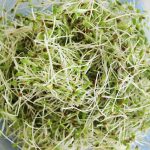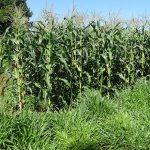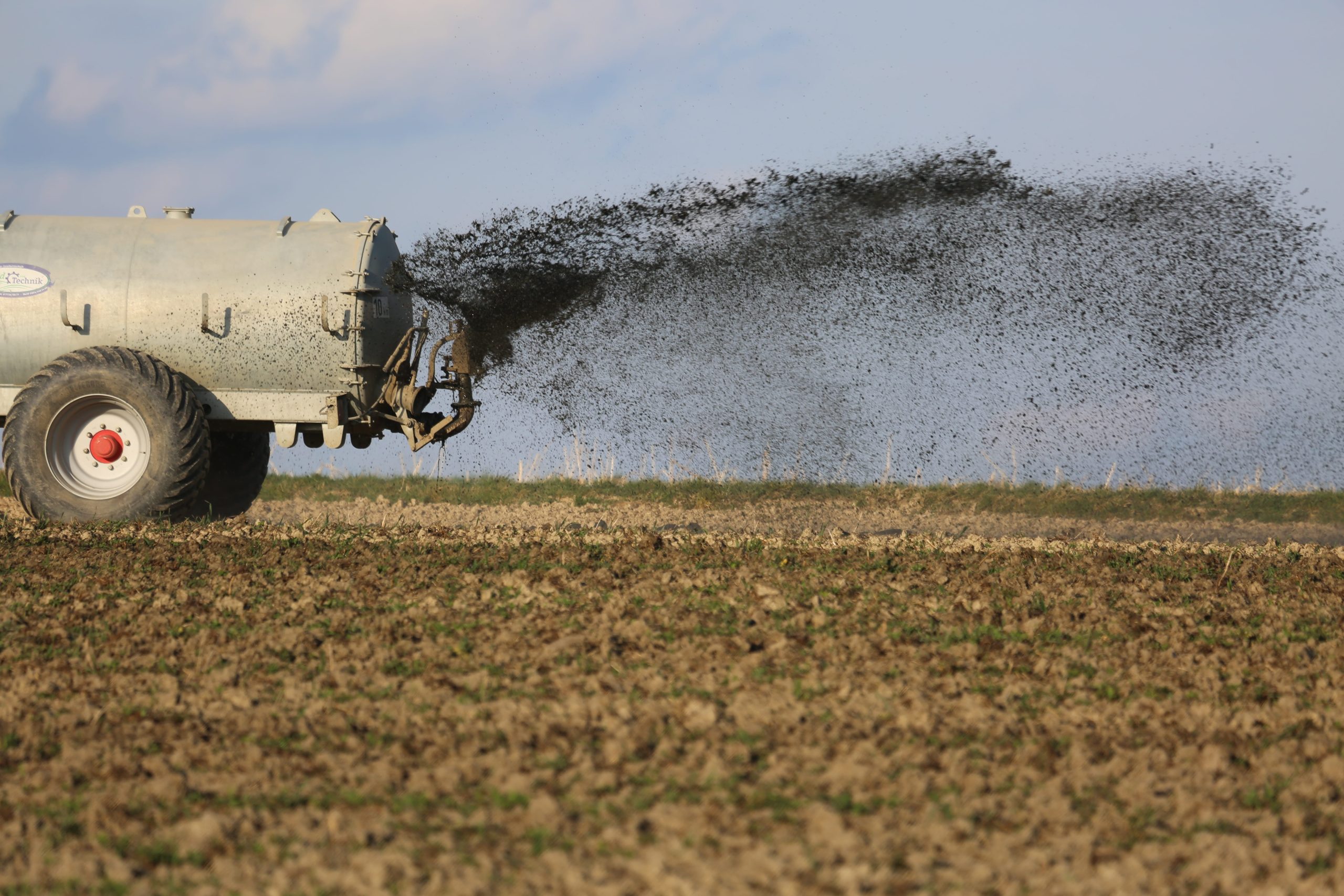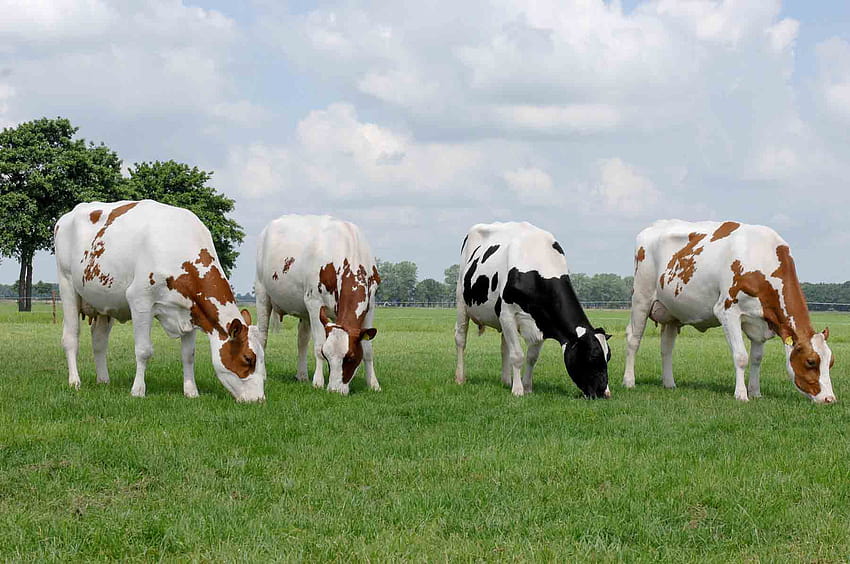A thriving, living soil serves as the bedrock for productive agriculture and environmental resilience. The manner in which we manage each field directly influences soil biodiversity, structure, and nutrient cycles, laying the groundwork for sustainable production.
Core Principles of Soil Health
Research across cropping systems and geographies has identified universally valued core soil health principles. Experts emphasize the critical importance of managing organic matter, minimizing disturbance, diversifying rotations, and maintaining continual ground cover. Achieving a balance in key nutrients through both organic and mineral sources is paramount for supporting the health of both soils and crops.
Exploring Best Practices
This article explores science-supported best practices for building and maintaining soil health. We will examine strategies for organic matter management, thoughtful tillage, harnessing the power of cover crops, implementing ecological pest control, and employing targeted nutrient amendments. By outlining these interconnected strategies, our aim is to provide guidance for regenerative and economically viable soil care.
Let’s delve into practical steps for nurturing the living foundation of farmland.
The Living Soil Community
A healthy topsoil is teeming with a diversity of micro and macroorganisms, forming a dynamic soil food web. Bacteria, fungi, protozoa, nematodes, arthropods, and earthworms all play unique roles in nutrient cycling, soil structure maintenance, water dynamics, and plant growth.
Networks of symbiotic fungi and bacteria in the rhizosphere associate with plant roots, enhancing nutrient and water uptake while offering protection against diseases. Vigorous roots release exudates that feed soil biota, energizing the entire food web. This reciprocal collaboration is crucial for building organic matter, aggregates, and biopores essential for soil fertility. Disrupting this symbiosis through poor management can compromise ecological functioning and crop productivity.
Organic Matter Additions
Soil organic matter performs countless vital functions, serving as an energy source for soil organisms. The stable end product, humus, retains nutrients and water while binding particles into a crumb structure ideal for crops.
On bare ground, organic matter depletes rapidly. Essential additions, such as compost, cover crop residue, manure, biochar, and crop byproducts like straw, are crucial to replenish losses. Animal-sourced organics help cycle nutrients concentrated by foraging plants, providing a stabilized, sterile organic boost.
The benefits are numerous: improved moisture infiltration and retention, balanced nutrient release, greater pollution and erosion resistance, increased soil carbon sequestration, and energizing the food web. Organic matter also aids in resisting crop diseases and pests, making diverse, site-produced organic inputs crucial for promoting thriving soils.
Thoughtful Tillage
While plowing and aggressive tillage can damage soil structure and disrupt essential biota, some tillage remains useful for managing compaction, suppressing weeds, and preparing beds. The key is strategic, minimal tillage to protect long-term fertility.
No-till systems, retaining residues, biopores, and soil life, use specialized drills to plant seeds into undisturbed ground. Strip tillage disturbs narrow seed rows, retaining cover crops or crop stubble in between. Shallow vertical tillage, like chisel plowing, avoids full inversion while managing compaction.
Occasional moldboard plowing can reset compacted or poor soils, followed by a perennial crop phase to allow reformation of soil structure. Precision tillage tools, such as Yeomans plows, only loosen soil while protecting biota. Regardless of methods used, reducing passes preserves organic matter and fragile soil aggregates.
The Power of Cover Crops
Cover crops prevent losses by keeping ground covered between cash crops. Their living roots add organic matter, sequester nitrogen, and cycle other nutrients. Legumes, such as clover and vetch, fix nitrogen from the air for subsequent crops.
Deep-rooted covers, like tillage radishes and cereal rye, improve infiltration and reduce compaction. Quick-establishing annuals can be planted after short-season crops like peas or sweet corn. Overwintering small grains minimize erosion and nutrient leaching.
Multispecies cocktails leverage synergies, such as nitrogen fixing, nutrient scavenging, and soil structure building. Timing termination through mowing or herbicide before planting cash crops is crucial. Innovative roller-crimper systems allow cover crops to be terminated mechanically before no-till planting.
The benefits of planting additional crops extend beyond soil effects. Biodiverse covers attract pollinators and pest predators. Soil shaded in hot months retains moisture and moderates temperatures. Protection and added fertility contribute to healthier, higher-yielding main crops.
Ecological Pest Management
Synthetic pesticides disrupt soil life and have drawbacks for environmental and human health. Sustainable growers prioritize prevention through plant diversity, crop rotations, resistant varieties, and habitat for natural enemies. Row covers and targeted releases of predatory insects provide additional protection.
Careful monitoring identifies economic pest thresholds and optimal timing for mechanical or biological controls. Accepting some pest pressure avoids unnecessary spraying. Specific organic approved pesticides are used as a last resort if all other options fail. Multiple Integrated Pest Management techniques minimize reliance on any single method.
Adjusting planting dates, intercropping with repellent plants, and controlling alternate weed hosts all reduce pest pressure. Balanced fertility and avoidance of excess nitrogen also lower crop susceptibility. By growing healthy, biologically active soil and crops, pest problems are diminished at the root.
Right Sources at the Right Rates
While organic matter feeds soil life, crops require balanced nutrition to thrive. Organic fertilizers like compost, manure, and green manures alone cannot meet full needs in intensive systems. Integrated Nutrient Management combines on-farm organics with targeted mineral amendments based on seasonal testing.
Smaller quantities of organics are complemented with rock minerals, gypsum, lime, and synthetic nutrients to correct verified deficiencies and imbalances. Split applications better synchronize with crop demand. Variable rate precision application places nutrients exactly where needed within fields.
Following the “four Rs” minimizes nutrient losses: applying the right source at the right rate in the right place at the right time. For example, nitrogen close to seedling roots boosts early growth but delays applications to avoid leaching. Nutrient use efficiency improves through holistic planning based on soil types, rotations, and realistic yield goals.
Conclusion
Integrating the diverse practices of maximizing organic matter, minimizing tillage, planting cover crops, fostering biodiversity, and managing nutrients responsibly leads to regenerative, resilient agricultural systems. Farmers hold the power to tend fertile, living soil.
Productive agriculture depends on healthy interconnections from microbes to plants, animals, farmers, and communities. Through care for the soil and thoughtful nutrient management, quality truly does start from the ground up. The bounty of nourishing food, fibers, and ecosystem services depends on honoring soils as our shared common ground.













